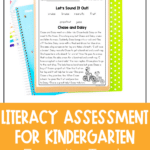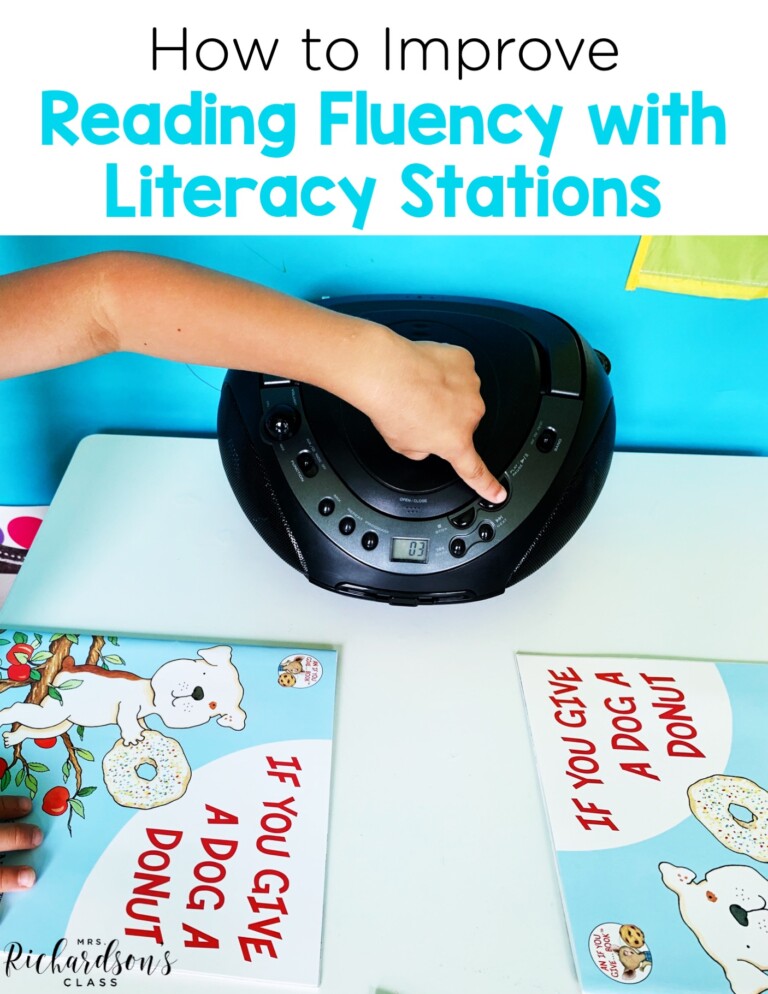

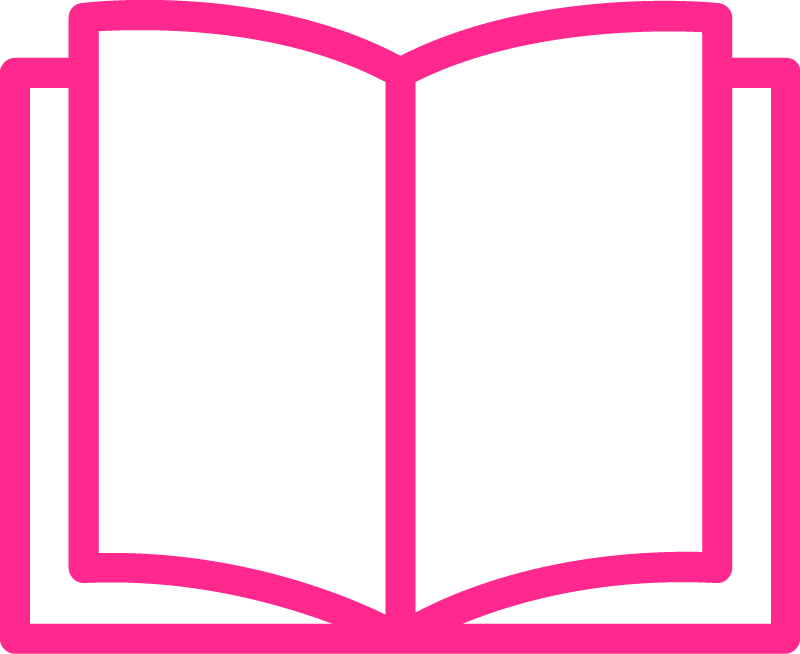
When I was in the classroom, reading assessments looked like this: a large DRA box, a stack of running records that were to be carefully analyzed, leveled texts with lots of wear and tear, and maybe some checklists. But now that we know what we know, thanks to the science of reading research, we can and should have more effective literacy assessment tools.
I have been tutoring a student this semester and working to continue building strong reading skills. As our time is coming to a close, I knew there were four areas I wanted to assess: phonics skills, dictation, fluency, and comprehension.
I’m going to share what my favorite literacy assessment tools are. I’m also going to share how to do end of year literacy assessments with these literacy assessment tools.
The first area I wanted to assess was phonics. We had been working in this area with a lot of explicit instruction. I wanted to see if the student had retained what had been taught. I also wanted to see if the student was retaining skills the student came with, but that we had not reviewed explicitly in our time together.
The tricky thing about the phonics assessment is that the phonics progression the assessment followed wasn’t perfectly aligned with the phonics progression used in the classroom. (Unfortunately, I was unable to get my hands on the school’s phonics progression, so I did the best I could.) The good news is that it was aligned with the interventions we did, but not the past years of phonics instruction.
If you need a phonics assessment, you can find one HERE in my free reading toolkit!
This part of the assessment took me no longer than 3 minutes. It’s simple!
Download yours and be set!
In the end, the phonics assessment showed me which skills had been mastered and which had not been mastered. I also was able to identify some patterns in the student’s decoding errors. This was super valuable information. I noticed that most of the errors made were due to letter reversals. For example, “did” was read as “bib”.
The next area I wanted to assess was dictation. If reading in input, writing is output. We know that a phonics skill is solidified when we see students use it consistently in their writing. Besides gathering writing samples (which is great!), a dictation assessment is wonderful literacy assessment tool to use for phonics knowledge!
The dictation assessment I used has sentences strategically written to follow the phonics progression.
Grab a FREE Dictation Assessment using the same Reading Toolkit download above!
This part of the assessment took more time than the phonics assessment, probably about 10 minutes. If I were in a classroom full of kids, I’d either do it as a whole group (with privacy folders–“offices” as we called them) or in small groups of 4 students at my reading table.
The final two pieces I wanted to assess were fluency and comprehension. We had been working on decoding during our time together, and I was eager to see if it increased fluency. The more fluent a student reader is, the more it helps reading comprehension.
To do this, I used a decodable passage that had opportunities to practice every skill we worked on and that the student had been taught previously. I pulled two passages from the end of my Vowel Team Decodable Passages kit.
This section of the assessment took the longest, but still no longer than 15 minutes. We started with the first passage.
The passages I used had comprehension questions listed, so they were simple to use. If you need a list of reading comprehension questions to ask, there is a FREE LIST in the Reading Teacher Toolkit download that I listed above.
If you’d like decodable passages for reading comprehension to add to your literacy assessment toolkit, I have several sets that teachers and students LOVE!
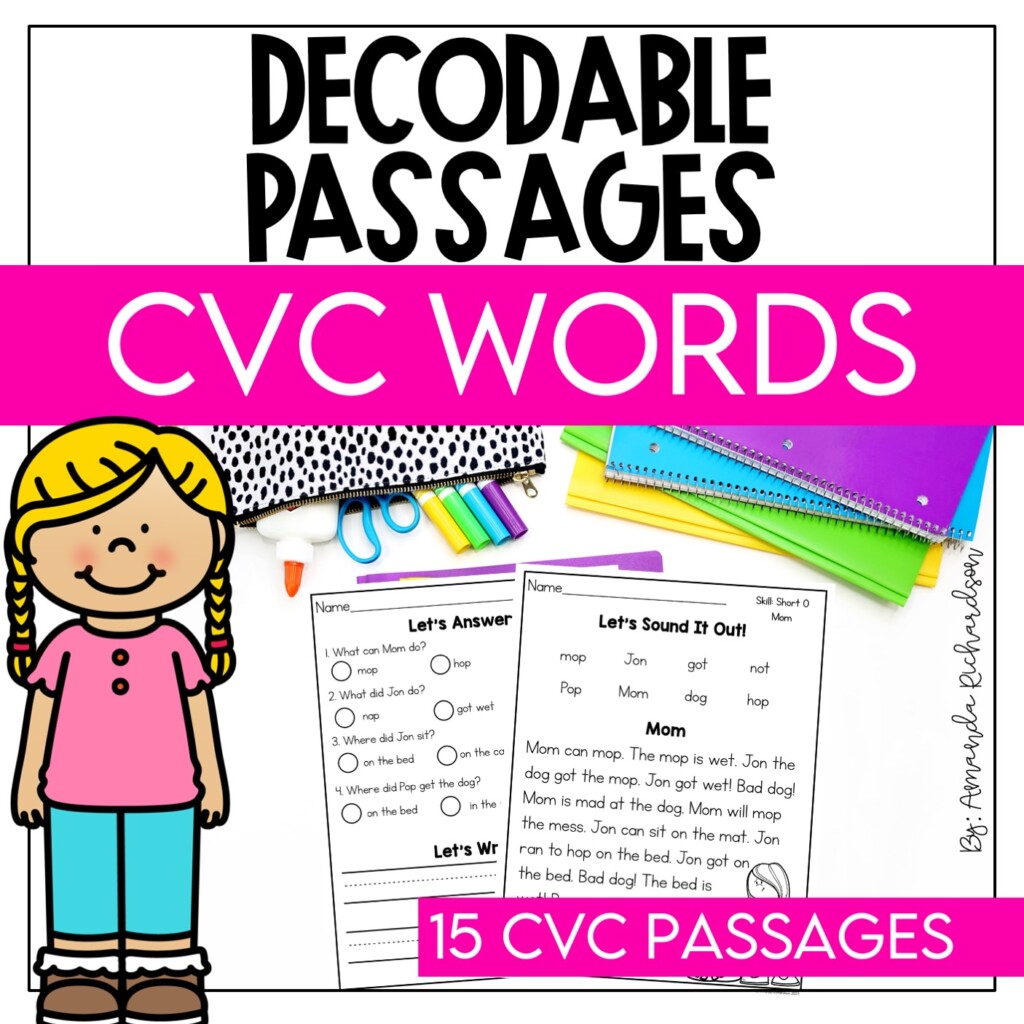
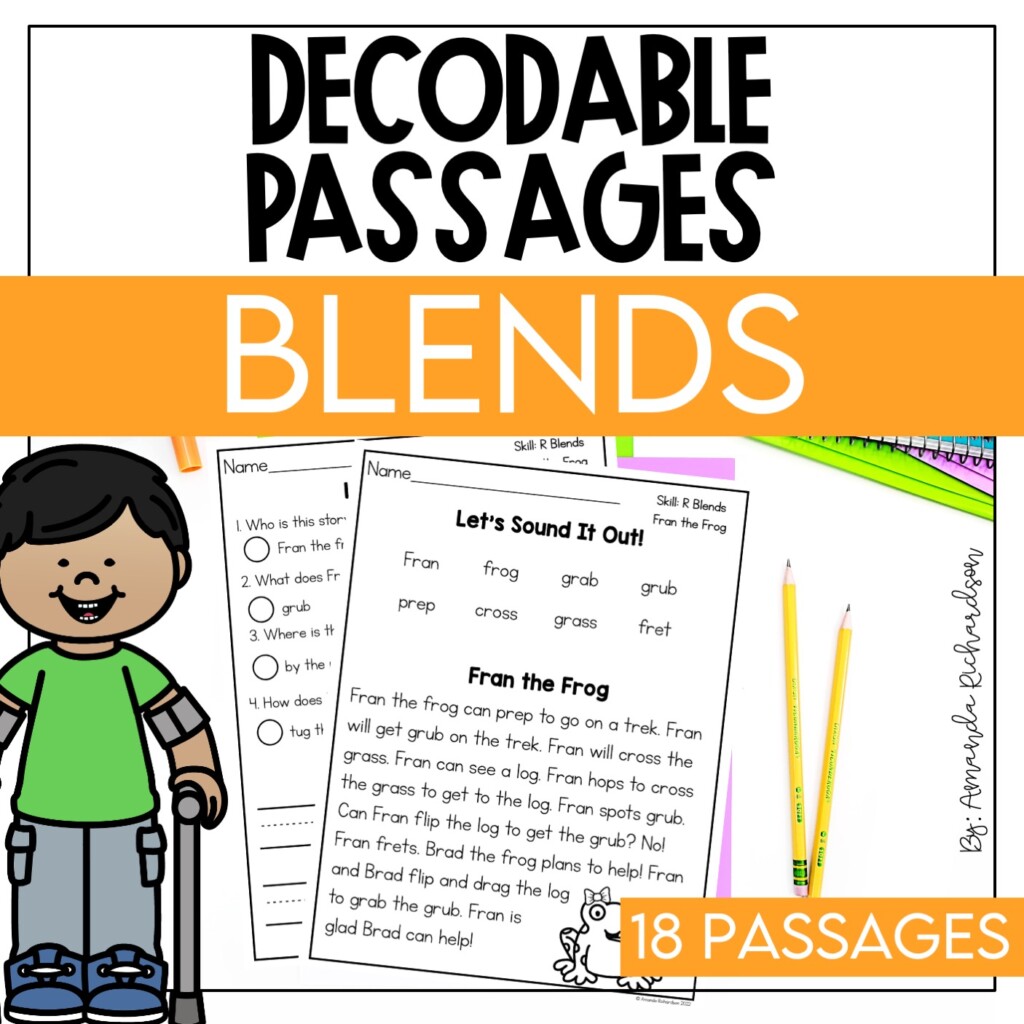
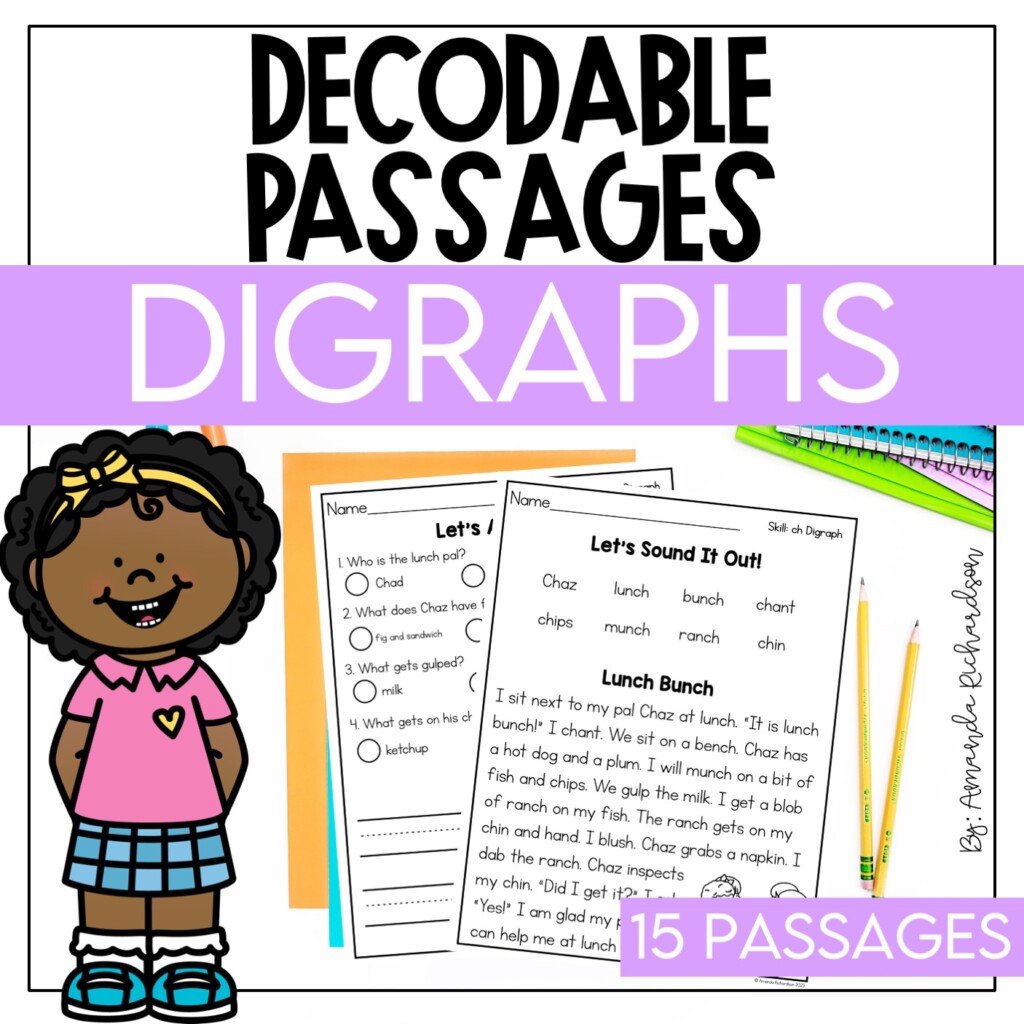
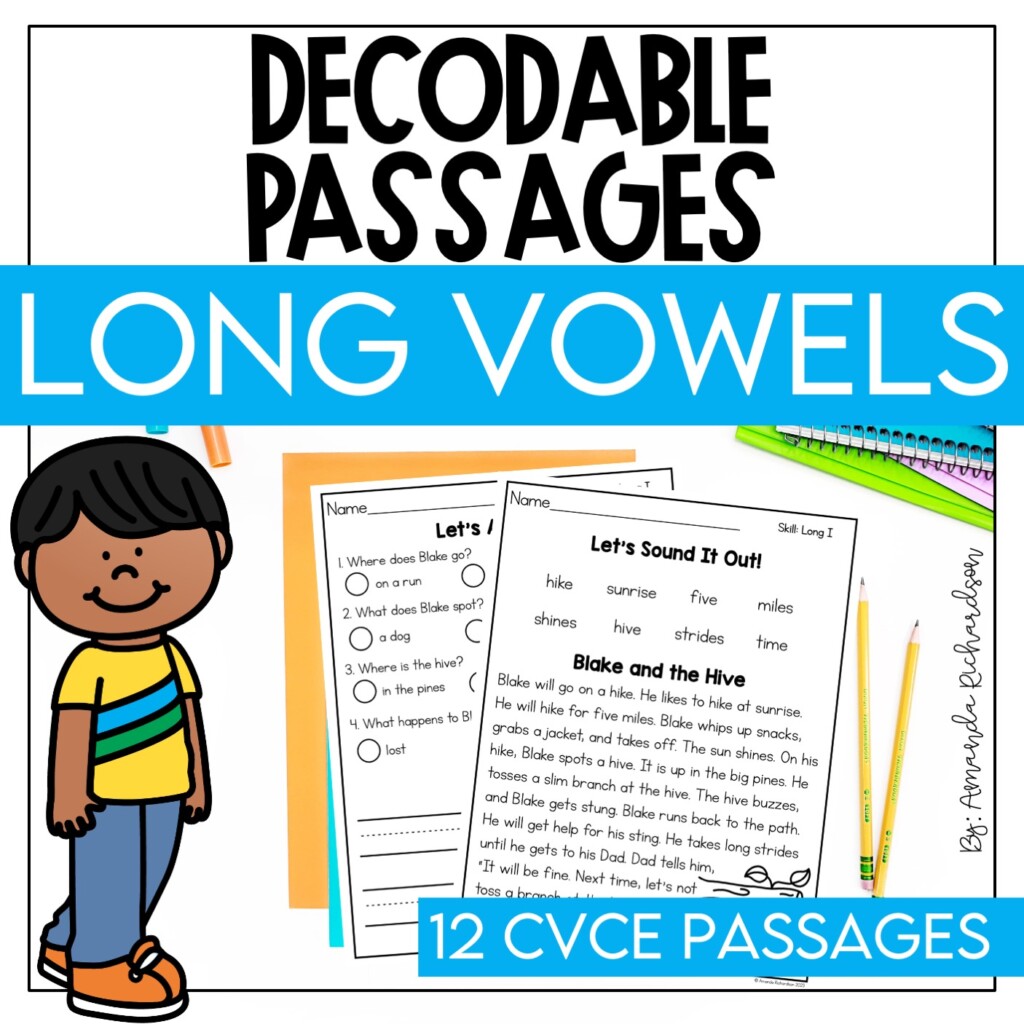
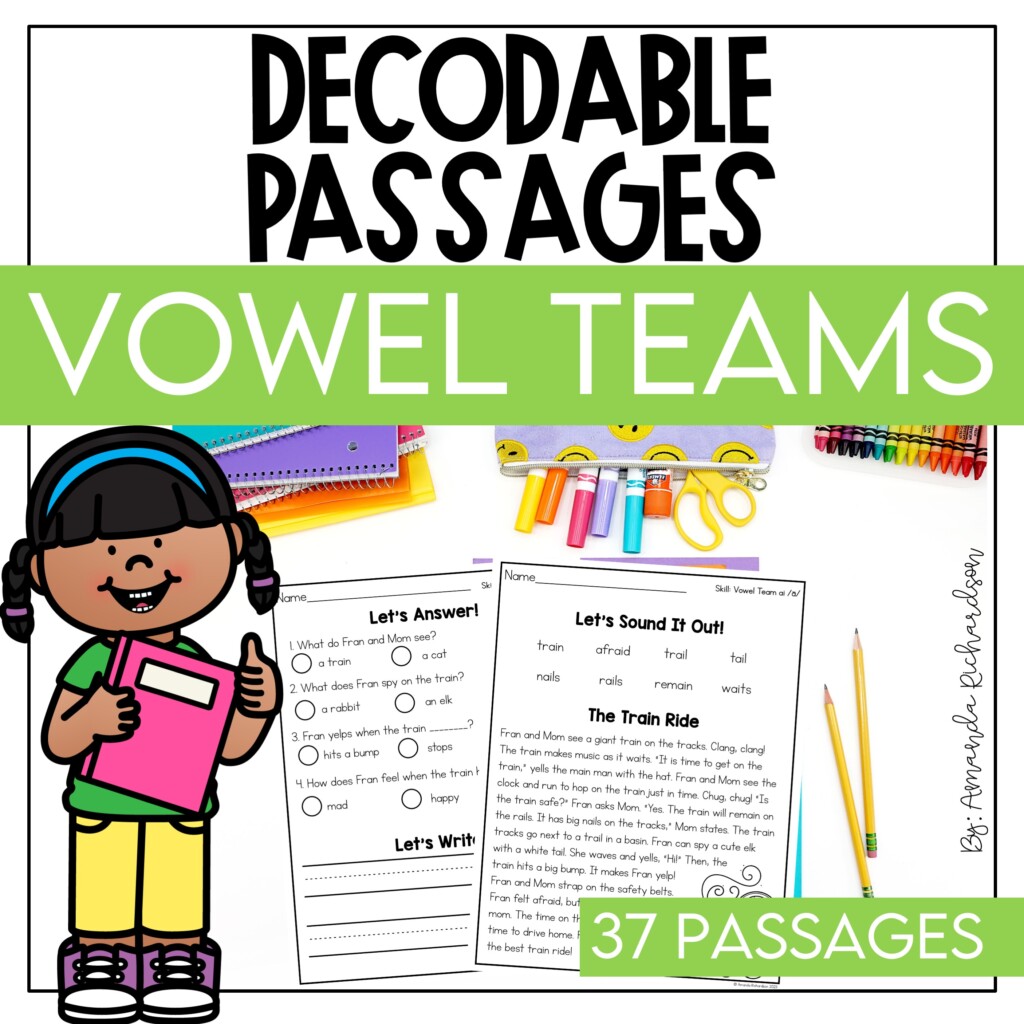
Each phonics skill has 3 passages and they follow the same phonics progression as as all the other science of reading resources I have. Each passage also has a comprehension check and a dictation sentence for you to have the student write.
With completed assessments, you’ll be able to see which students especially need more support over the summer. Preventing the summer slide will be so important this year to set students up for success next year.
pin it
The value these literacy assessment tools bring to you and to your students’ teachers next year is huge! They will get a snapshot of these students’ reading journey. They’ll be able to see where they’ve been, how far they’ve come, and where they may have gotten stuck. Then, teachers will know how to best support these children before the school year even begins. How valuable is that!
If you might be interested in learning more about reading small group instruction, join my FREE webinar that you can watch in your own time!
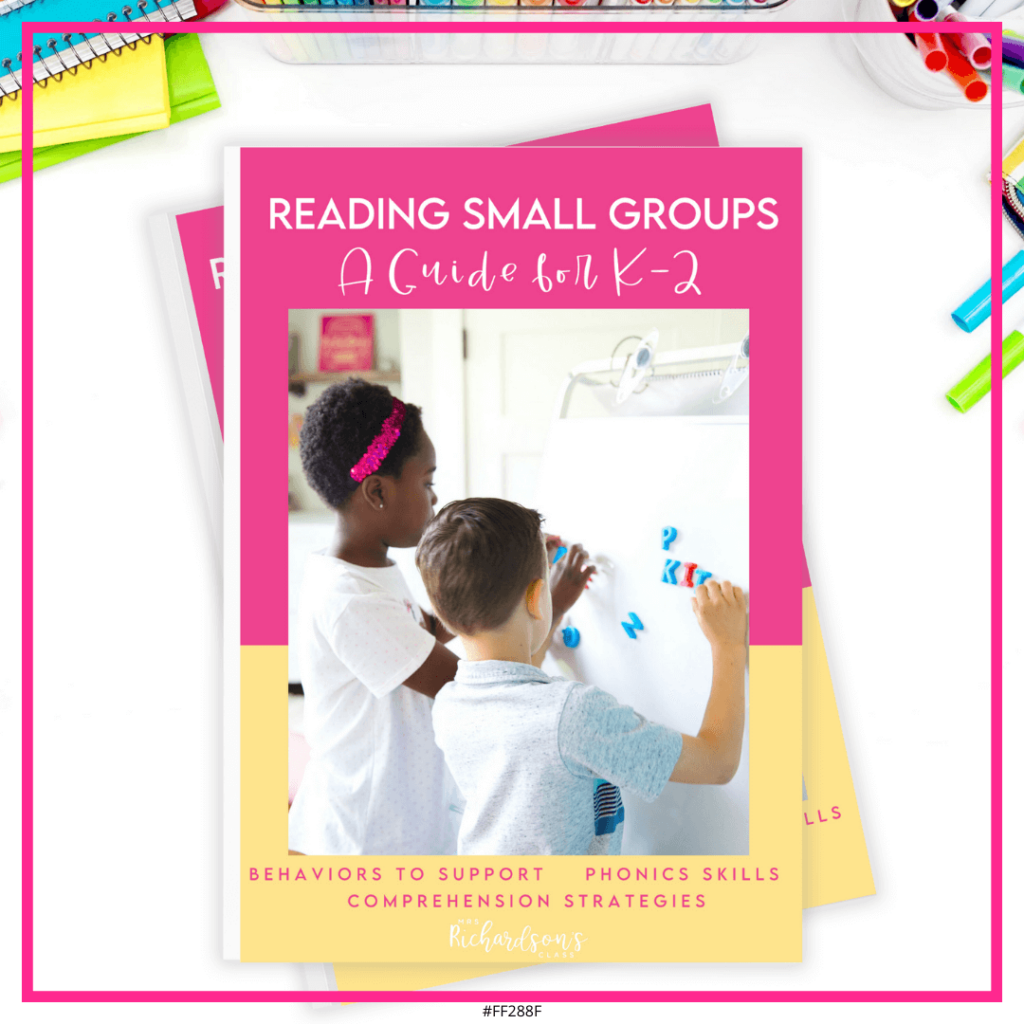
Want to use the latest research to boost your readers during small groups? This FREE guide is packed with engaging ideas to help them grow!

I’m a K-1 teacher who is passionate about making lessons your students love and that are easy to implement for teachers. Helping teachers like you navigate their way through their literacy block brings me great joy. I am a lifelong learner who loves staying on top of current literacy learning and practices. Here, you’ll find the tools you need to move your K-2 students forward!
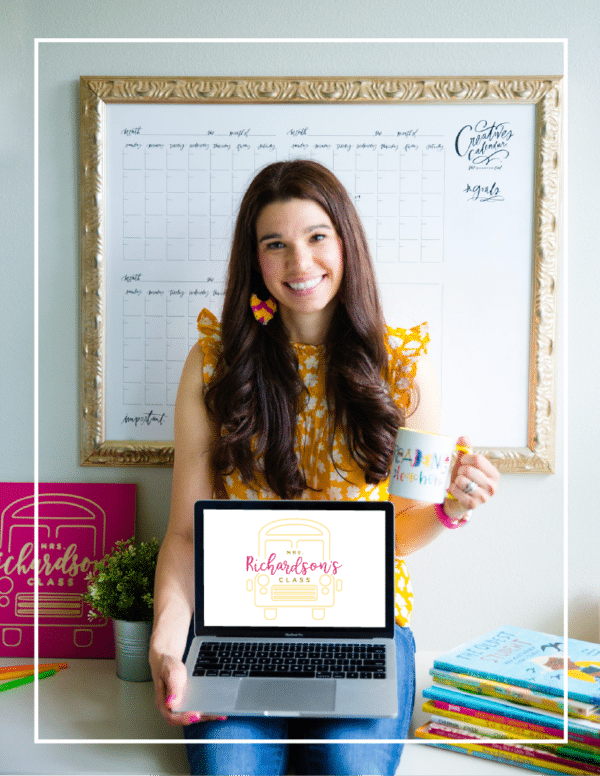

| Cookie | Duration | Description |
|---|---|---|
| cookielawinfo-checkbox-analytics | 11 months | This cookie is set by GDPR Cookie Consent plugin. The cookie is used to store the user consent for the cookies in the category "Analytics". |
| cookielawinfo-checkbox-functional | 11 months | The cookie is set by GDPR cookie consent to record the user consent for the cookies in the category "Functional". |
| cookielawinfo-checkbox-necessary | 11 months | This cookie is set by GDPR Cookie Consent plugin. The cookies is used to store the user consent for the cookies in the category "Necessary". |
| cookielawinfo-checkbox-others | 11 months | This cookie is set by GDPR Cookie Consent plugin. The cookie is used to store the user consent for the cookies in the category "Other. |
| cookielawinfo-checkbox-performance | 11 months | This cookie is set by GDPR Cookie Consent plugin. The cookie is used to store the user consent for the cookies in the category "Performance". |
| viewed_cookie_policy | 11 months | The cookie is set by the GDPR Cookie Consent plugin and is used to store whether or not user has consented to the use of cookies. It does not store any personal data. |
